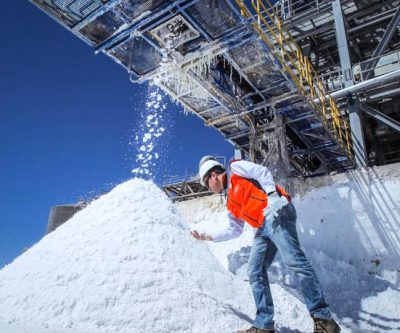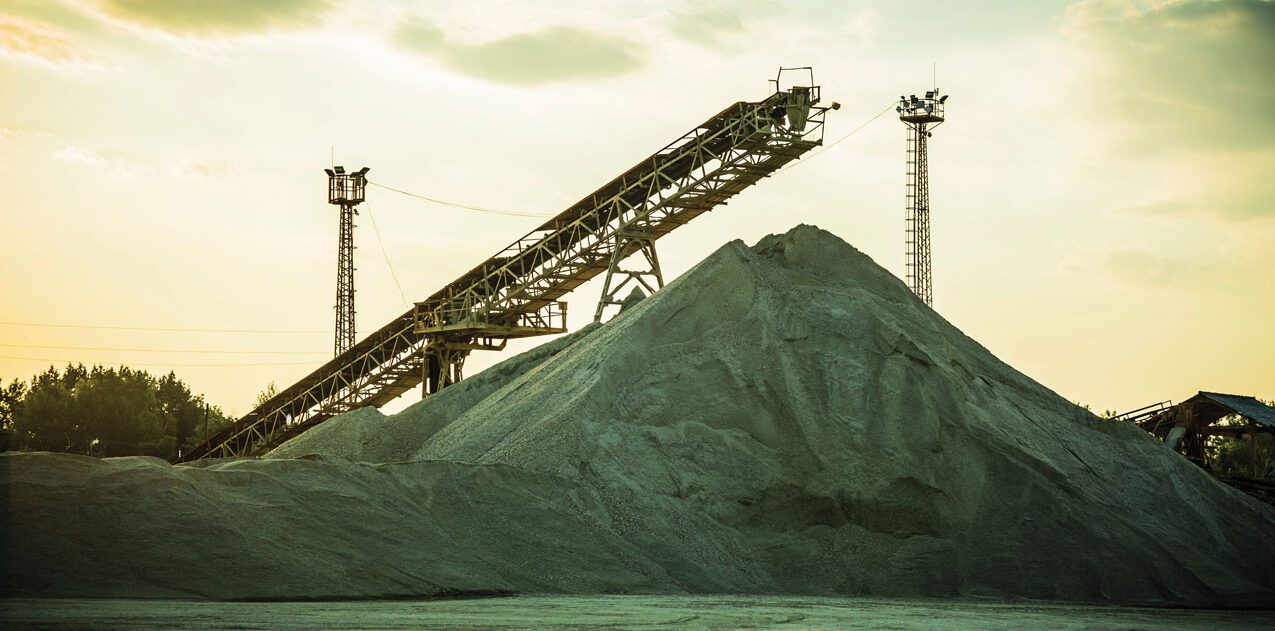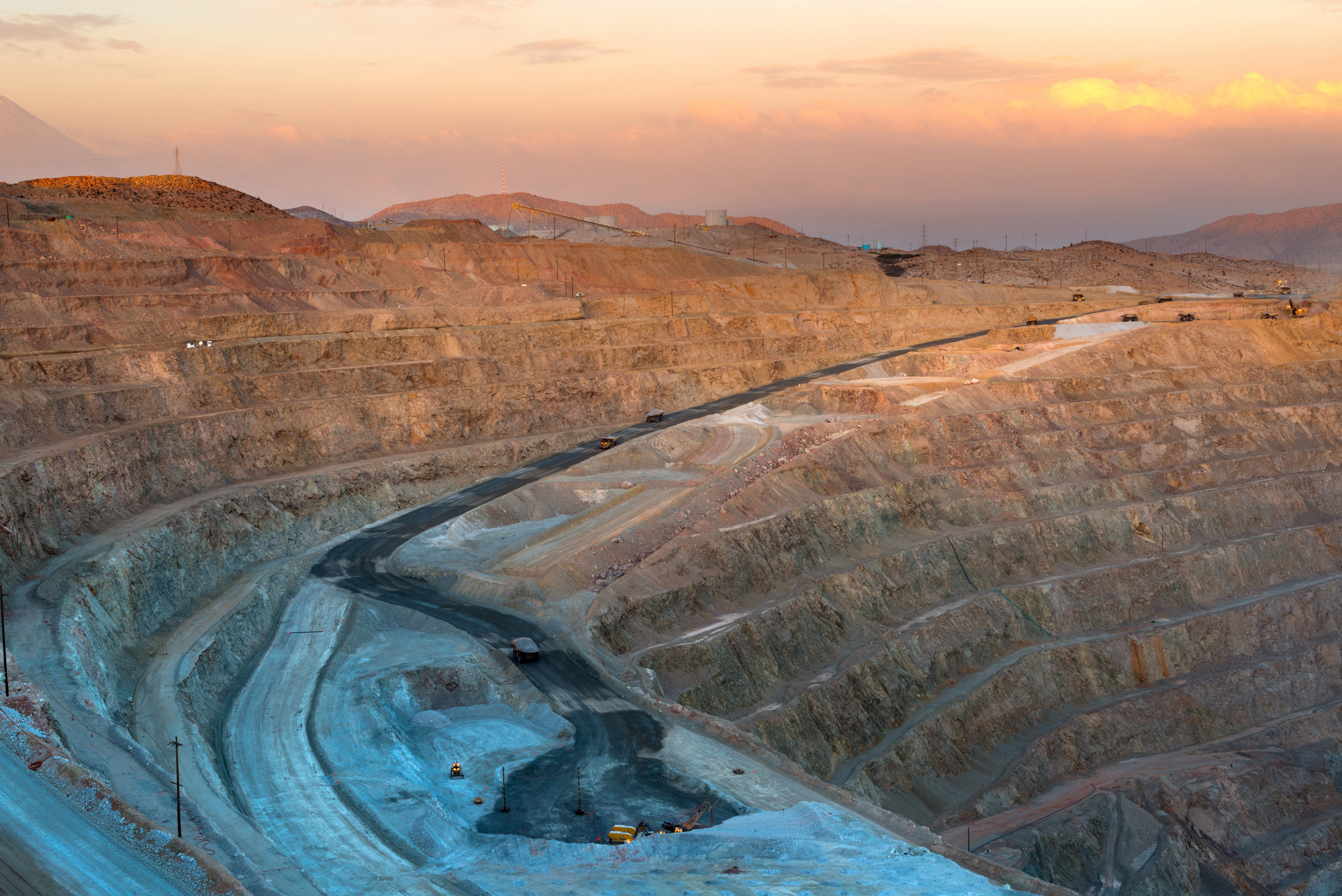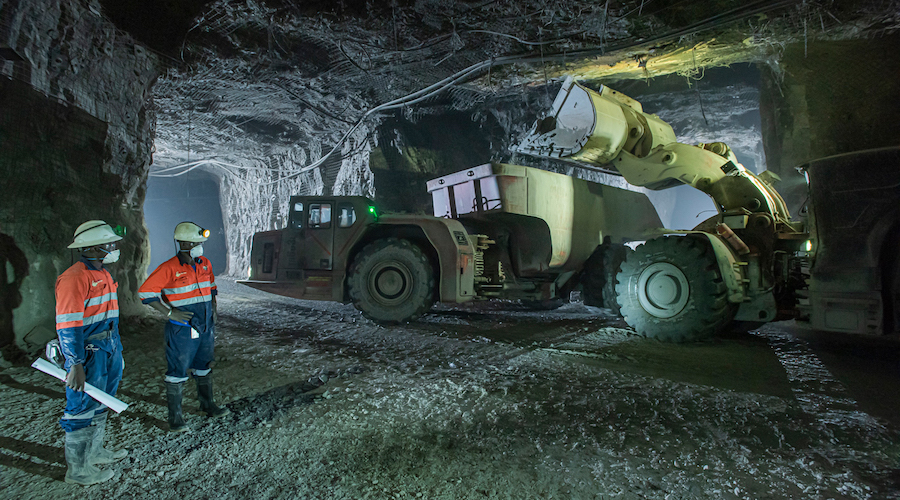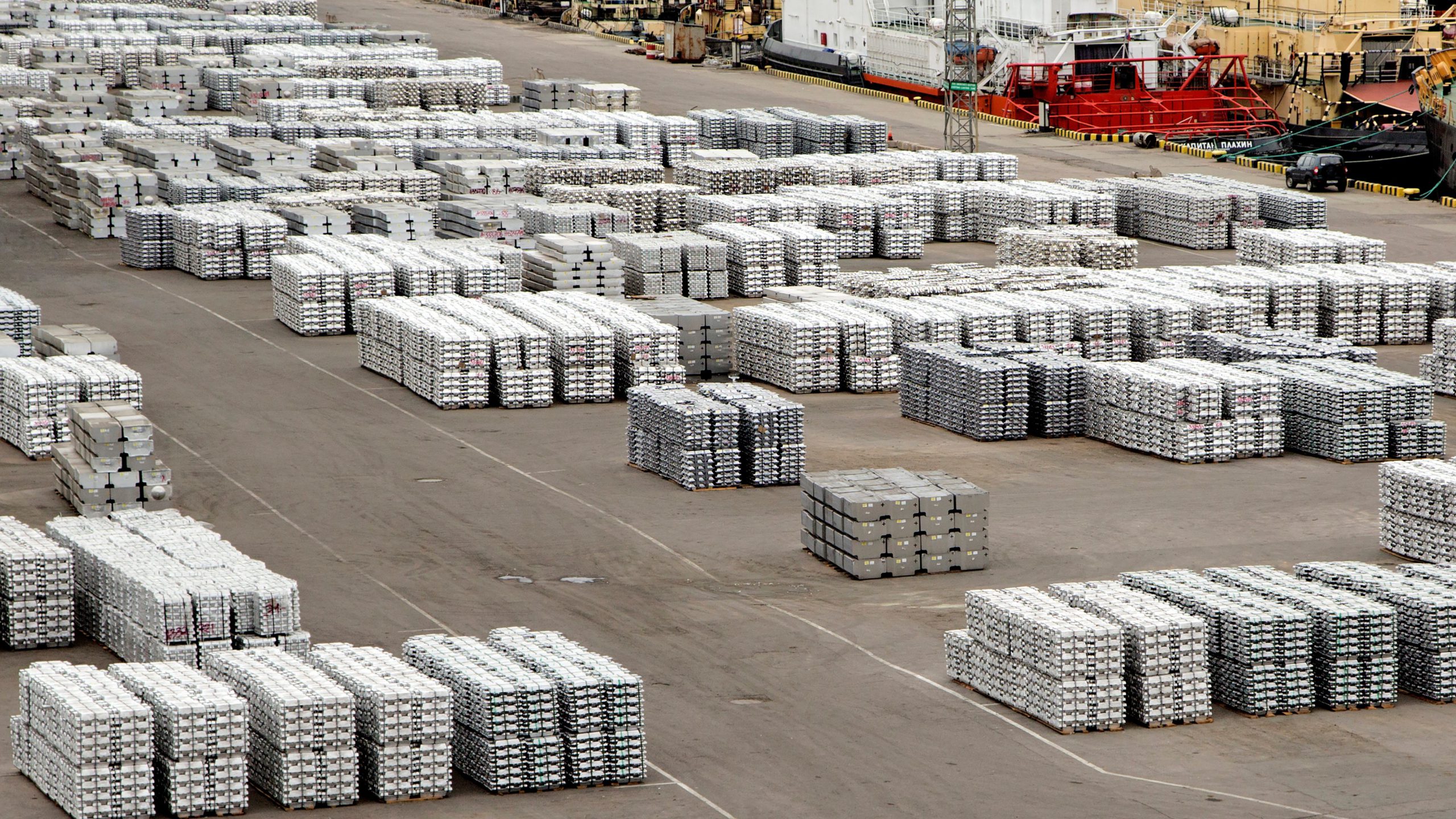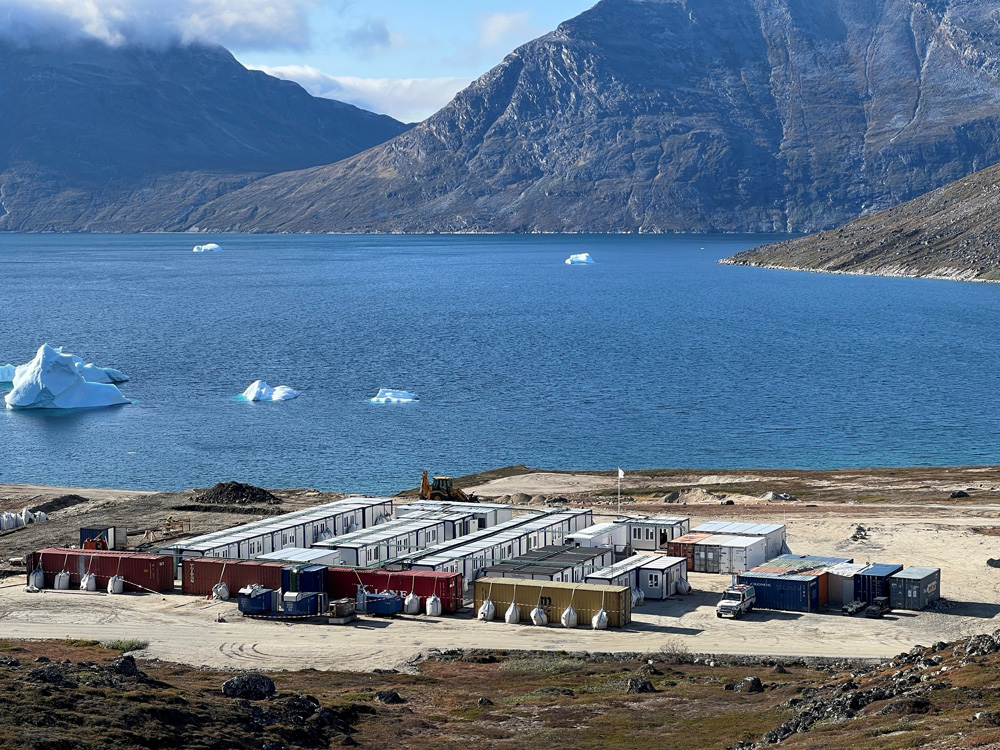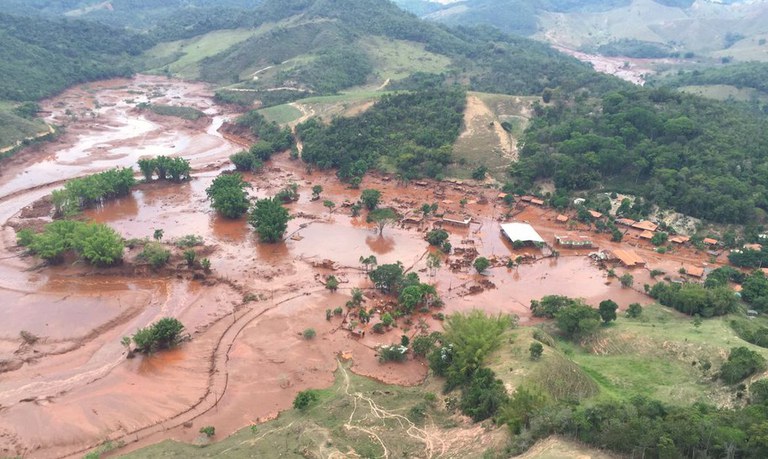RETRANSMISSION: Sanu Gold Completes First Phase of Drilling on the Bantabaye Permit: High-Grade Discovery at Target 2 and Gold Mineralization Intersected at Three of Four Targets Drilled
Vancouver, British Columbia--(Newsfile Corp. - July 27, 2023) - Sanu Gold Corporation (CSE: SANU) (OTCQB: SNGCF) ("Sanu Gold" or the "Company") is pleased to announce the successful completion of the inaugural drill program (the "Program") on the Company's flagship Bantabaye gold exploration permit ("Bantabaye" or the "Permit") in Guinea, West Africa. The Permit, which lies on the western margin of Guinea's prolific Siguiri Basin, is located approximately 50 km1 south of the multi-million once Lefa Gold Mine and 80 km north of the multi-million ounce Bankan Gold Project.
Martin Pawlitschek, President and CEO, commented: "In this first round of drilling at Bantabaye, Sanu conducted a preliminary test on four of ten high-priority target areas, focusing on several zones along a multi-kilometre long mineralized fault system crossing the northern block of the permit. We intersected broad zones of near-surface gold mineralization in three of the four target areas tested, including a high-grade discovery at Target 2, which is open in all directions. A grade of 11.4 g/t Au over 15 m from the first fence of holes ever drilled at Bantabaye is a spectacular result and we look forward to continuing to test and expand this exciting discovery."
"West Africa is the number one gold mining region in the world, and Guinea is a vastly underexplored portion of the region. In the twelve months since Sanu has been listed, we have made near-surface, high-grade gold discoveries in our inaugural drill programs on two separate permits, Bantabaye and Daina. This is an enviable discovery rate, and validates both our exploration methodology and the potential on our extensive landholdings in Guinea. We look forward to continuing to discover and delineate new gold deposits in this highly prospective region," Mr. Pawlitschek continued.
Program Highlights:
Phase One drilling at Bantabaye included 3,198 m1 in 28 RC1 drill holes at four target areas, with results from the final six holes reported herein,
Target 2 high-grade gold discovery: 11.4 g/t Au1 over 15 m, including 41.2 g/t Au over 4 m; this discovery is open in all directions,
Targets 3 and 7: broad intervals of gold mineralization intersected at both target areas,
Gold mineralization at Targets 2, 3 and 7 intersected over a 1.5 km extent of the 4 km long Tinkisso Fault, a key locus for mineralization in this large, structurally-hosted gold system,
Excellent potential for additional mineralization between and along strike from Targets 2, 3 and 7,
Strong similarities between the geology and alteration at Bantabaye and recent major gold discoveries in the region.
Figure 1. Bantabaye North map showing geological and structural features, artisanal workings, drill hole collars and highlighted assays results from RC drilling, past auger drilling and working pit sampling. To view an enhanced version of this graphic, please visit:https://images.newsfilecorp.com/files/8941/175030_f32f5eb6d4b2889c_01full.jpg
Gold mineralization at Bantabaye is closely associated with secondary structures, including the Tinkisso Fault, adjacent to the Bantabaye Thrust Fault (Figure 1). The Company has traced mineralization approximately 1.5 km eastward along this trend from the Target 2 discovery to Targets 3 and 7. The mineralization is hosted in a felsic intrusive unit and with secondary structures along the Tinkisso Fault and a splay where the Tinkisso Fault converges with the Bantabaye Thrust Fault. This is a major fault system in the northern portion of the Permit, with the Bantabaye Thrust Fault extending over a 6 km extent and the secondary Tinkisso Fault extending over 4 km. The Program has tested approximately 1.5 km of the Tinkisso Fault, with the remaining 2.5 km untested.
Target 2
A total of 626 m was drilled in six RC holes on two 50 m spaced lines at Target 2, with the objective of testing the downdip extension of high grade gold in rock chip samples collected from artisanal workings (Figures 1 and 2, Table 1: see May 17, 2023 and June 5, 2023 Sanu news releases). Gold mineralization at Target 2 is associated with a strongly silicified and hydrothermally altered felsic intrusive at the sheared contact with a foliated mafic unit. The altered felsic intrusive contains quartz vein stockwork and breccia, along with pervasive disseminated pyrite and arsenopyrite. Key alteration associated with the gold mineralization is silicification and associated pyrite and arsenopyrite. Gold mineralization at Target 2 is hosted in oxidized rock at surface and in near-surface intercepts, and in unoxidized rock in the deeper holes drilled to date. Oxidation extends to a vertical depth of approximately 25 m in this area of the Permit.
Drilling has delineated a gold mineralized structure at Target 2, with assays from the eastern line returning high-grade gold intercepts of 11.4 g/t Au over 15 m in BANT-RC-002 and 2.0 g/t Au over 12 m in BANT-RC-003 (Table 1, Figure 2: Section 1).
Figure 2: Target 2 Sections 1 and 2, showing geology and structural interpretation, artisanal workings, RC drill hole traces and highlighted assays results from RC drill holes BANT-RC-001 to -006. To view an enhanced version of this graphic, please visit:https://images.newsfilecorp.com/files/8941/175030_f32f5eb6d4b2889c_002full.jpg
Both the felsic intrusive and mafic unit, as well as the higher-grade mineralization below the sheared felsic intrusive contact, are extensively mined by artisanal workers, with free gold recovered from both oxidized and unoxidized rock. On the western line targeted by RC holes BANT-RC-005 and BANT-RC-006, the higher-grade gold mineralization has been mined out, with assays reported herein of 0.90 g/t Au over 17 m, including 2.57 g/t Au over 2 m and 2.78 g/t Au over 1 m in BANT-RC-006 (Table 1, Figure 2: Section 2). Where the higher-grade intervals were expected based on the results from holes on Section 1, the contractor reported drilling through a void.
The mineralized structure strikes west-northwest and dips moderately to the south-southwest at Target 2. This discovery is open in all directions and systematic follow-up drilling is being planned.
Target 3
A total of 869 m in seven RC holes has been drilled at Target 3 to test the northwest striking, southwest dipping Tinkisso Fault along a 300 m long by 150 m wide zone of artisanal workings. This includes six holes previously released (see June 5, 2023 Sanu news release) and one new hole (BANT-RC-028), which contained no significant gold mineralization (Table 1).
Hole BANT-RC-028 was drilled to test the downdip extent of previously released hole BANT-RC-009, which intersected 1.44 g/t Au over 13 m hosted with saprolitized felsic intrusive in the hangingwall of the Tinkisso Fault. Additional holes along the trend are required to determine the down-plunge orientation of the mineralization.
Figure 3: Target 3 Section 3 showing geology and structural interpretation, artisanal workings, RC drill hole traces and highlighted assays results from RC drill holes BANT-RC-007 to -009 and 028. To view an enhanced version of this graphic, please visit:https://images.newsfilecorp.com/files/8941/175030_f32f5eb6d4b2889c_003full.jpg
Gold mineralization at Target 3 is associated with a strongly hydrothermally altered felsic intrusive in the hangingwall of the Tinkisso Fault at the sheared contact between a volcaniclastic sequence and felsic intrusive (Figure 3). The Tinkisso Fault is a northwest striking, shallowly southwest dipping, splay of the Bantabaye Thrust Fault, with a well-developed shear fabric. Gold mineralization is associated with quartz vein stockwork and breccia, as well as boxwork after sulfide within the felsic rock. Drilling revealed that Target 3 is situated within an area of deep oxidation, with saprolite extending up to 150 m vertical depth, suggesting intensive deep fracturing and hydrothermal alteration during deformation, following by deep weathering of the rocks. Interpretation of the drilling completed to date and structural mapping indicates that gold mineralization is open to the southeast along the Tinkisso Fault in the Target 8 area, which has not yet been drill tested (Figure 1).
Extensive artisanal workings at Target 3 include several parallel, north-south trending lines of shafts with depths of up to 80 m reported by local artisanal miners. These shafts targeting saprolite-hosted high-grade gold mineralization, from which abundant free gold has been recovered. Some of the holes were drilled in a NW direction to test for NS oriented structures indicated by the orientation of workings.
Target 7
A total of 1603 m in 14 RC holes has been drilled at Target 7 to test high grade gold in rock chip samples from artisanal workings over a 400 m long by 150 m wide area associated with strong gold in termite mound anomalies and high-grade gold mineralization in rock chip samples collected from artisanal workings. This includes nine previously released holes in three fences of three hole each drilled to the west-northwest (BANT-RC-013 to -022; see June 5, 2023 news release) and five new holes (BANT-RC-023 to -027) drilled to the north-northeast with an aim to better sample the orientation of high-grade mineralization targeted by artisanal miners in this area.
Figure 4: Target 7 Section 4 showing geology and structural interpretation, artisanal workings, RC drill hole traces and highlighted assays results from RC drill holes. To view an enhanced version of this graphic, please visit:https://images.newsfilecorp.com/files/8941/175030_f32f5eb6d4b2889c_004full.jpg
Highlights from the new north-northeast oriented drilling includes:
0.91 g/t Au over 9 m, including 1.55 g/t Au over 1 m and 2.11 g/t AU over 2 m (BANT-RC-023),
0.44 g/t Au over 9 m (BANT-RC-025),
0.63 g/t Au over 4 m, including 1.1 g/t Au over 1 m (BANT-RC-026), and
0.44 g/t Au over 8 m (BANT-RC-027).
Highlights from the previously released west-northwest oriented drilling includes:
0.87 g/t Au over 13 m, including 1.65 g/t Au over 3 m and further downhole 3.47 g/t Au over 13 m (BANT-RC-022),
0.55 g/t Au over 13 m, including. 1.2 g/t Au over 1 m (BANT-RC-015),
0.52 g/t Au over 13 m and further downhole 0.42 g/t Au over 4 m (BANT-RC-018), and
0.73 g/t Au over 4 m, and further downhole 1.03 g/t Au over 6 m (BANT-RC-017).
Figure 5: Target 7 mineralization: A) outcrop of oxidized felsic intrusive with quartz veining and boxwork after sulphide; B) free gold panned from surface workings. To view an enhanced version of this graphic, please visit:https://images.newsfilecorp.com/files/8941/175030_f32f5eb6d4b2889c_05full.jpg
The initial drill holes targeted the north-northeast trend observed from the extensive gold in termite mound anomalies at Target 7, supported by north-northeast trending lines of artisanal shafts and initial structural measurements. Updated detailed geological and structural mapping of outcrops and artisanal workings and results from the RC drilling demonstrate that the gold mineralization is associated with northwest striking and shallowly southeast dipping felsic intrusive rock that extends for over 500 m along strike and 150 m in width. At surface, the felsic intrusive is extensively altered and sheared with local stockwork of quartz veinlets, breccia development and boxwork after sulphide minerals. These zones of strong alteration are extensively mined by artisanal workers, reportedly down to depths of up to 80 m and deeply weathered to at least 100 m, where abundant free gold is recovered (Figure 5).
Drilling to date at Target 7 has not intersected the high grade mineralization exploited by artisanal miners and it is suspected that the relatively shallow drilling completed to date has been exclusively within areas where the high grade mineralization has been mined out (Figure 4).
Interpretation of geological and structural data, gold mineralization intercepted in RC and auger drill holes and in artisanal workings demonstrates that the felsic intrusive at Targets 2 and 3 extends through Targets 7 and 8 and forms a prominent northwest striking and shallowly southwest dipping gold bearing structure that extends over a 5 km strike extent (Figure 1).
The three holes drilled in the north of Target 7 were drilled on a northwest azimuth, testing positive rock chip samples that were interpreted to connect to the north-south trending vein sets. However, no significant values were return from these holes.
Target 4
One RC hole with a length of 100 m was drilled at Target 4 to begin to test this strong gold in termite mound anomaly along the Bantabaye Thrust Fault. RC drill hole BANT-RC-020 returned 0.3 g/t Au over 1 m. This hole was drilled into volcaniclastic strata, but did not intercept the targeted felsic intrusive. Additional planned holes were not drilled at Target 4 in the Program as other target areas were prioritized for drilling prior to the planned break for the wet season that commenced in June.
Additional field mapping and sampling is planned to better refine future drilling at this target.
Discussion and Next Steps
The inaugural drill program at Bantabaye delivered a new discovery at Target 2, along with highly encouraging gold grades and widths from Targets 3 and 7. At all three target areas, gold mineralization was hosted within a sheared felsic unit.
There is a high variation of depth of oxidation along the structure ranging from 25 m to over 150 m from surface, related to structural deformation and associated alteration and mineralization.
Drilling to date has been shallow and limited, leaving areas for immediate follow up, with the highest priority around the Target 2 discovery. In addition, the entire Bantabaye Thrust Fault - Tinkisso Fault system requires additional surface work and step out drilling. Further detailed work is also required to examine the potential for additional mineralization in laterite-covered areas between the currently identified targets.
The Company is working towards a near term follow-up drill program, subject to access, logistics and availability of equipment during the wet season. In addition, infill geochemical sampling, mapping and potentially geophysical surveys are considered to further delineate targets.
Table 1: Bantabaye Phase One RC drill hole drill intercepts (Targets 2, 3, 4 and 7).
| Target 2 | |||||||||
| Hole ID | X-UTM | Y-UTM | Length | Azimuth | Dip | Intercept | Interval | From | News |
| (m) | (o) | (o) | (g/t Au) | (m) | (m) | Release | |||
| BANT-RC-001 | 358,08 | 1,253,118 | 56 | 30 | -60 | 0.8 | 4 | 12 | May 17, 2023 |
| including | 1.4 | 1 | 13 | ||||||
| & | 1.3 | 1 | 15 | ||||||
| BANT-RC-002 | 358,068 | 1,253,066 | 90 | 30 | -60 | 11.4 | 15 | 35 | May 17, 2023 |
| including | 41.2 | 4 | 36 | ||||||
| including | 114 | 1 | 38 | ||||||
| & | 0.5 | 12 | 56 | ||||||
| including | 1.6 | 1 | 56 | ||||||
| BANT-RC-003 | 358,039 | 1,253,018 | 150 | 30 | -60 | 2.0 | 12 | 83 | May 17, 2023 |
| including | 6.8 | 1 | 83 | ||||||
| & | 5.0 | 1 | 94 | ||||||
| & | 0.7 | 1 | 104 | ||||||
| BANT-RC-004 | 358 039 | 1 253 018 | 150 | 030 | -60 | NSV | June 5, 2023 | ||
| BANT-RC-005 | 358 018 | 1 253 099 | 100 | 030 | -60 | 0.7 | 3 | 11 | June 5, 2023 |
| including | 1.26 | 1 | 11 | ||||||
| BANT-RC-006 | 357 988 | 1 253 048 | 150 | 030 | -60 | 0.56 | 2 | 56 | June 5, 2023 |
| 0.90 | 17 | 63 | |||||||
| including | 2.57 | 2 | 64 | ||||||
| & | 2.78 | 1 | 72 | ||||||
| Target 3 | |||||||||
| BANT-RC-007 | 358 972 | 1 253 256 | 105 | 010 | -60 | NSV | June 5, 2023 | ||
| BANT-RC-008 | 358 970 | 1 253 211 | 106 | 010 | -60 | NSV | June 5, 2023 | ||
| BANT-RC-009 | 358 970 | 1 253 211 | 106 | 010 | -60 | 1.44 | 13 | 23 | June 5, 2023 |
| including | 5.10 | 1 | 28 | ||||||
| & | 4.90 | 1 | 32 | ||||||
| BANT-RC-010 | 359 024 | 1 253 244 | 106 | 010 | -60 | NSV | June 5, 2023 | ||
| BANT-RC-011 | 359 015 | 1 253 192 | 116 | 010 | -60 | NSV | June 5, 2023 | ||
| BANT-RC-012 | 359 013 | 1 253 141 | 165 | 010 | -60 | NSV | June 5, 2023 | ||
| BANT-RC-028 | 358 961 | 1 253 107 | 120 | 010 | -55 | NSV | Current | ||
| Target 4 | |||||||||
| BANT-RC-020 | 359 874 | 1 253 165 | 100 | 300 | -55 | 0.30 | 1 | 1 | June 5, 2023 |
| Target 7 | |||||||||
| BANT-RC-013 | 359 270 | 1 253 165 | 110 | 300 | -55 | NSV | June 5, 2023 | ||
| BANT-RC-014 | 359 316 | 1 253 132 | 131 | 300 | -55 | NSV | June 5, 2023 | ||
| BANT-RC-015 | 359 196 | 1 253 092 | 105 | 300 | -55 | 0.55 | 13 | 2 | June 5, 2023 |
| including | 1.2 | 1 | 12 | ||||||
| BANT-RC-016 | 359 236 | 1 253 067 | 100 | 300 | -55 | NSV | June 5, 2023 | ||
| BANT-RC-017 | 359 284 | 1 253 044 | 101 | 300 | -55 | 0.73 | 4 | 1 | June 5, 2023 |
| 1.3 | 6 | 6 | |||||||
| BANT-RC-018 | 359 300 | 1 252 979 | 106 | 300 | -55 | 0.52 | 13 | 1 | June 5, 2023 |
| 0.42 | 4 | 22 | |||||||
| BANT-RC-019 | 359 348 | 1 252 957 | 105 | 300 | -55 | NSV | June 5, 2023 | ||
| BANT-RC-021 | 359 355 | 1 253 093 | 171 | 300 | -55 | NSV | June 5, 2023 | ||
| BANT-RC-022 | 359 376 | 1 252 899 | 71 | 300 | -55 | 0.87 | 13 | 1 | June 5, 2023 |
| including | 1.65 | 3 | 6 | ||||||
| 3.47 | 1 | 56 | |||||||
| BANT-RC-023 | 359 183 | 1 252 986 | 90 | 030 | -55 | 0.91 | 9 | 3 | Current |
| including | 1.55 | 1 | 4 | ||||||
| 2.11 | 2 | 7 | |||||||
| BANT-RC-024 | 359 285 | 1 252 905 | 125 | 030 | -55 | NSV | Current | ||
| BANT-RC-025 | 359 336 | 1 252 898 | 125 | 030 | -55 | 0.44 | 9 | 15 | Current |
| BANT-RC-026 | 359 264 | 1 252 968 | 138 | 030 | -55 | 0.63 | 4 | 21 | Current |
| including | 1.1 | 1 | 22 | ||||||
| BANT-RC-027 | 359 330 | 1 252 971 | 125 | 030 | -55 | 0.44 | 8 | 15 | Current |
Notes: The Company does not have sufficient information to make a determination of the true widths of the drill hole intersections reported in this release. Drillhole intercepts are calculated using a minimum downhole length of ≥1 m, a cut-off grade of 0.3 g/t gold, and may include up to 3 m of internal dilution within the intercept. Only intercepts ≥1 m are reported. Sample intervals are comprised of RC drill chips, which are sampled at regular 1 m intervals. Assays are reported uncut. Grid coordinates are UTM WGS84 Zone 29N. Results for holes BANT-RC-001 to BANT-RC-0022 previously released.
Structural Setting
The geological and structural interpretation with first phase drilling completed demonstrates that the Bantabaye Thrust Fault is a deep-seated fault that put a sedimentary sequence to the north and a volcaniclastic unit to the south in structural contact (Figure 1). Movement along this system was likely accommodated by the formation of a subsidiary northwest-striking and southwest dipping splay fault system that branched off and formed an acute angle to the main thrust. Structural mapping shows that the splays are developed on the southern side of the primary structure. A significant splay for hosting gold mineralization is the Tinkisso Fault, which extends over 4 km and hosts mafic and felsic intrusive rocks that may be syntectonic in origin and emplaced during the deformation and opening of the splays. The Bantabaye Thrust Fault may have served as a primary conduit for the hydrothermal mineralizing fluids. During tectonic movement along the thrust, hydrothermal fluids may have been pumped into the splay fault systems where interaction between the hydrothermal mineralizing fluids and the host intrusive rock led to the deposition of gold mineralization.
Quality Assurance / Quality Control ("QA/QC")
Sampling was completed following industry best practices, conducted under the supervision of the Company's project geologists and the chain of custody from the project to the sample preparation facility was continuously monitored. An appropriate number and type of certified reference materials (standards) and blanks totaling 5% of the total number of samples shipped to the laboratory was inserted approximately every 20th sample to ensure an effective QA/QC program was carried out. Data verification of the analytical results included a statistical analysis of the standards and blanks that must pass certain parameters for acceptance to ensure accurate and verifiable results. Samples from Target 2 were analyzed using ''Fire Assay FA450'' at the Bureau Veritas Mineral Laboratories in Bamako, Mali ("BVML"). BVML is an internationally recognized and commercially certified laboratory and is independent of Sanu Gold. Samples From Targets 3, 4 and 7 were analyzed using Fire Assay FAA505 at the SGS Laboratory in Bamako, Mali ("SGS"). SGS is an internationally recognized and commercially certified laboratory and is independent of Sanu Gold.
Qualified Person
The scientific and technical information contained in this press release has been reviewed and approved by Serigne Dieng, Ph.D., M.Sc., a Member (MAIG) of the Australian Institute of Geoscientists (AIG), Exploration Manager of the Company and a qualified person within the meaning of National Instrument 43-101 - Standards of Disclosure for Mineral Projects.
About Sanu Gold
Located within Guinea's Siguiri Basin, a world class gold district that is host to several operating mines and major new discoveries, Sanu Gold is exploring three high quality gold exploration permits. The Company is targeting multi-million ounce gold deposits and has discovered high grade gold mineralization in the inaugural drill programs at both Bantabaye and Daina. Sanu is operated by a highly experienced team, with successful records of discovery, resource development and mine permitting in West Africa.
Martin PawlitschekPresident & CEO, Sanu Gold Corp.
For further information regarding Sanu Gold, please visit the Company's website at www.sanugoldcorp.com or contact:
Fiona Childe, Ph.D. P.GeoVP, Corporate Development & CommunicationsSanu Gold Corp.+1 647-473-7268info@sanugoldcorp.com
Neither the Canadian Securities Exchange nor its Regulation Services Provider accepts responsibility for the adequacy or accuracy of this release.
Cautionary Note Regarding Forward-Looking Statements
This news release contains certain statements that may be deemed "forward-looking statements" with respect to the Company within the meaning of applicable securities laws. Forward-looking statements are statements that are not historical facts and are generally, but not always, identified by the words "expects", "plans", "anticipates", "believes", "intends", "estimates", "projects", "potential", "indicates", "opportunity", "possible" and similar expressions, or that events or conditions "will", "would", "may", "could" or "should" occur. Although Sanu Gold believes the expectations expressed in such forward-looking statements are based on reasonable assumptions, such statements are not guarantees of future performance, are subject to risks and uncertainties, and actual results or realities may differ materially from those in the forward-looking statements. Such material risks and uncertainties include, but are not limited to, the Company's plans for exploration on its properties and ability to execute on plans, ability to raise sufficient capital to fund its obligations under its property agreements going forward, ability to maintain its material property agreements, mineral tenures and concessions in good standing, to explore and develop its projects; changes in economic conditions or financial markets; the inherent hazards associated with mineral exploration and mining operations, future prices of gold and other metals, changes in general economic conditions and local risks in the jurisdiction (Guinea) in which it operates, accuracy of mineral resource and reserve estimates, the potential for new discoveries, the ability of the Company to obtain the necessary permits and consents required to explore, drill and develop the projects and if obtained, to obtain such permits and consents in a timely fashion relative to the Company's plans and business objectives for the projects; the general ability of the Company to monetize its mineral resources; and changes in environmental and other laws or regulations that could have an impact on the Company's operations, compliance with environmental laws and regulations, dependence on key management personnel and general competition in the mining industry. Forward-looking statements are based on the reasonable beliefs, estimates and opinions of the Company's management on the date the statements are made. Except as required by law, the Company undertakes no obligation to update these forward-looking statements in the event that management's beliefs, estimates or opinions, or other factors, should change.
_________________________1 kilometres ("km"), metres ("m"), reverse circulation ("RC"), grams of gold per tonne ("g/t Au).
To view the source version of this press release, please visit https://www.newsfilecorp.com/release/175180

